8 Major Ports of the Netherlands
The Netherlands lies in Northwestern Europe and has a North Sea facing coastline dotted with many ports and harbours. A highly developed nation, it has a strong shipping sector and a profitable agriculture base. The manufacturing sector is dominated by foodstuff, chemicals, metallurgy and electrical appliances followed by finance and tourism.
It performs remarkably on the human development indicators and bagged the fifth position in the 2021 World Happiness Index. The citizens enjoy considerable economic freedom which has led to enormous foreign investment in the country.
The Netherlands is one of the top ten biggest export countries flaunting the seventeenth-largest economy in the world. It has more than 20 modern, well-developed ports, some of which are described below.
1. Port of Rotterdam
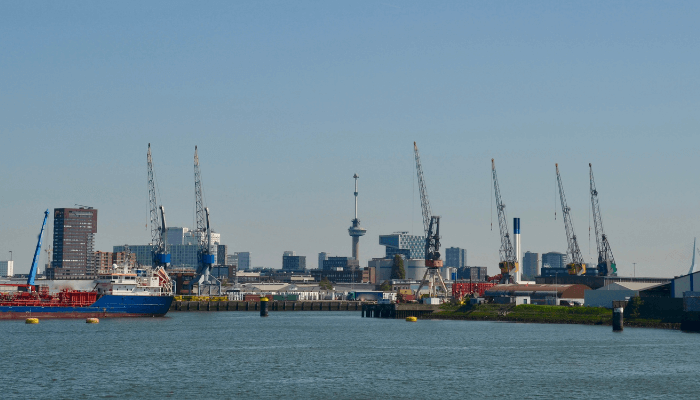
The largest seaport of Europe, Rotterdam is situated on the North Sea coast. The busiest port of the Netherlands, it handles all imaginable kinds of cargo and covers 10.5 thousand hectares including 89 kilometres of quays.
It was designed to accommodate 434,600,000 tonnes of cargo and 10,000,000 TEUs annually. However, in 2021 its annual cargo throughput stood at 468.7 million tonnes, a 7.3 per cent increase from the previous year. Container traffic increased by 6.6% from 2020 as Rotterdam handled 15.3 million TEUs.
Rotterdam port is crucial for the country’s economic growth since it lies in the heart of Europe’s highly industrialised and populated trade triangle comprising the German Ruhr district, Paris and London. Strategically positioned on one of the busiest maritime trade routes, it is also a distribution point for goods destined for inland European nations. It has a busy petrochemical industry and houses many refineries processing crude oil.
The port is a crucial gateway to a market of over 350,000,000 consumers and has 90 specialised terminals dedicated to breakbulk, general cargo, minerals, coal, ores, LNG, biofuels, agricultural products, chemicals, cars etc. 9 container terminals are equipped for receiving the world’s largest container vessels. It has three juice terminals and four fruit terminals with 2000 reefer connections. The Port of Rotterdam has one terminal each for steel, paper and cruise ships.
2. Port of Amsterdam
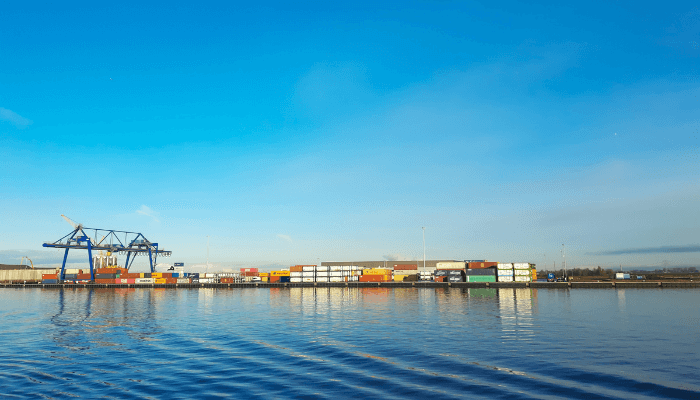
Amsterdam port lies at the junction of the North Sea Canal and the Amsterdam Rhine Canal. It consists of 35 specialised berths handling breakbulk, liquid cargo, project cargo, RoRo, general cargo and forest products. It is divided into three port areas including the subsidiary facilities of Zaanstad, IJmuiden and Beverwijk. Approximately 5,450 vessels, 74,800,000 tonnes of cargo, 425,000 TEU and 470,500 passengers are handled at Amsterdam port annually.
A major cultural and financial centre, Amsterdam is the fourth biggest port in Western Europe. It has been enlarged and modernised with additional deep and easily accessible harbours in the western port area for receiving new generation sea-going vessels. New quays were built for handling sand, gravel and granite in 2017.
Presently, the port covers around 3000 hectares of land area and contains fully-functional equipment. Many transhipment companies are established in the vicinity, handling the storage of ores, grains and mineral oils.
Amsterdam port is the largest harbour in the world for the import of cocoa beans and benzene. It accounts for nearly 25 per cent of the world’s annual cocoa production.
One of the busiest container terminals in Europe is situated in the Amsterdam port which receives more than 10 container vessels every 24 hours.
The new Passenger Terminal of Amsterdam allows cruise ships to moor adjacent to the city centre. Endowed with high-tech infrastructure, it is located near the main attractions and the central railway station. The Felson Terminal lies at the North Sea Canal entrance and offers open water berths for accommodating yachts and ferries.
3. Port of Moerdijk
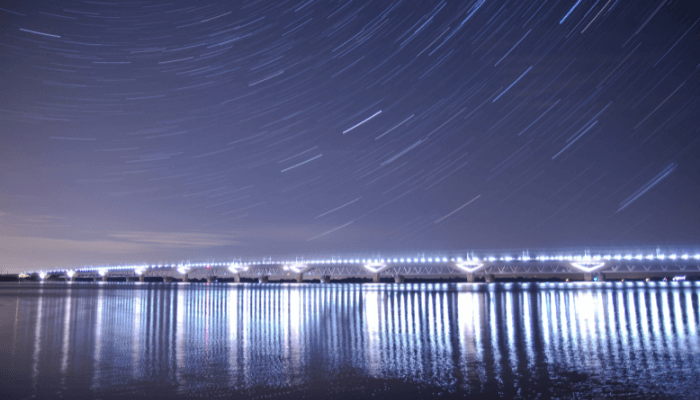
Moerdijk harbour is situated at the southern end of the Hollandsch Diep, on the Rhine-Scheldt Canal. A multipurpose port, it has a 1200 hectare industrial area and a port facility that handles oil and chemical products. It has five basins, each around 1 nautical mile apart and a T shaped tanker berth lying on the western side of the basins. Around 14,000,000 tonnes of cargo, 500,000 TEUs and 10,000 vessels are handled at Moerdijk every year.
The industrial complex incorporates a cluster of chemical, energy, transport and storage, logistics and distribution, wholesale, metals, minerals and Agri bulk companies.
The main port area spans 2600 hectares including five kilometres of quays with a water depth of 10.5 metres. It also handles transhipment cargo including bulk, containers, glass, construction material, timber, sand and gravel.
A multimodal facility, it is linked with key European trade centres by roads, railways and inland waterways. The central wharves are connected via pipelines to the ports of
Rotterdam, Zeeland, and Antwerp.
The historic fort of Willemstad, a UNESCO World Heritage site is just 13 kilometres west of the Moerdijk port. Another famous place is the Biesbosch National Park, around five kilometres from the port, rich in flora and fauna.
4. Port of Scheveningen
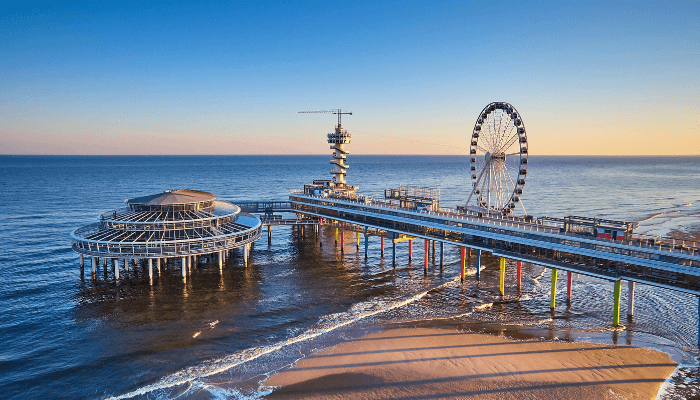
Located on the western coast of the Netherlands, about 20 kilometres from the Hook of Holland, the Scheveningen port consists of three harbours and eight wharves, mainly reserved for RORO carriers and fishing vessels. The well-sheltered harbour handles over 1,000,000 tonnes of cargo annually.
It is managed by the Hague Port Authority and has two terminal buildings, four warehouses and two open storage yards. Close to Rotterdam, Utrecht and Amsterdam, it is the main import facility and distribution hub of the country. Refrigerated ships and freighters measuring 140 m are the most common visitors to the port.
Apart from handling cargo, it is also a famous pleasure port welcoming small cruises, passenger ships and yachts. Close to the port is a wide sandy beach, a resort hotel, an esplanade and a lighthouse. Tourism is the second most important contributor to the regional economy along with fishing. The city has numerous fish-canning and freezing plants.
5. Port of Vlaardingen
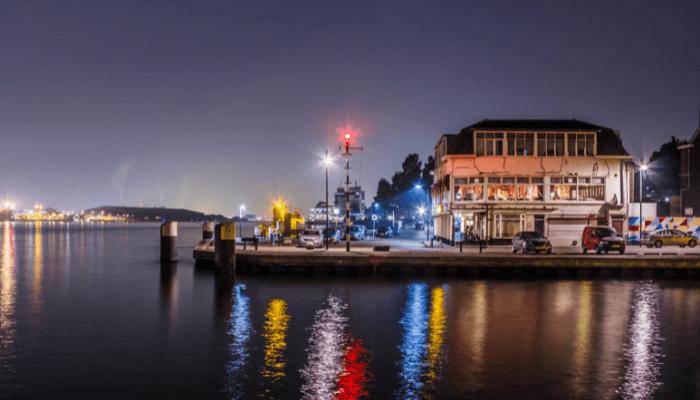
Vlaardingen port is located in the southwestern coastal zone of the Netherlands on the northern bank of the Nieuw waterway just nine kilometres from Rotterdam. It has three commercial harbours capable of accommodating general cargo vessels, bulk carriers and tankers.
Vlaardingen was a traditional fishing port in the 18th century. It was rebuilt in the 1950s when a large shipyard was constructed on the Rozenburg island which increased its importance. The city’s economy is based on herring fisheries, metallurgical industry, chemical works and dairy.
Vulcan Haven is the biggest privately owned harbour in the Vlaardingen port. It covers a water surface of 165,000 m2 and can accommodate vessels weighing up to 85,000 DWT with a draft of 12 m. It contains the Bulk Terminal handling ores, coal, phosphates, ferro-alloys, kaolin and pig iron.
The western port area has a ferry terminal which was opened in 2006. It also accommodates RORO vessels measuring up to 200 m. Operated by the Norfolkline, it has 550 m long quays and connects the port with the Humber Sea Terminal in Killingholme and the Port of Felixstowe in England.
The VOPAK Tank Terminal has three quays for receiving sea-going tankers, barges and coastal vessels. It has a tank farm for storing 435,000 cubic metres of cooking oils, fats, molasses, and other liquid cargo. General cargo is dealt with at the Lensveld Wharf and the Hydro Agrihaven harbour houses the fertiliser plant.
6. Zeeland Seaports
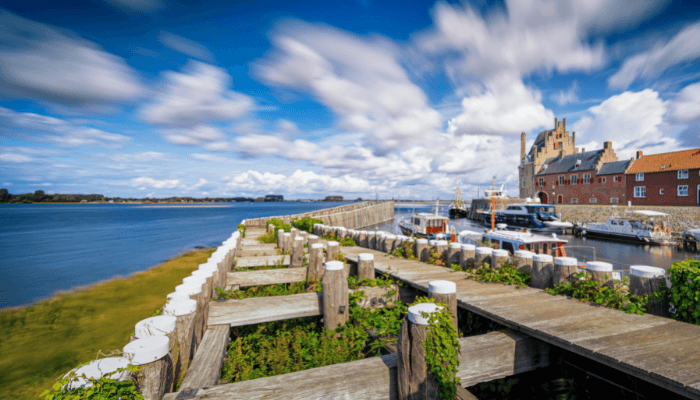
Located in the province of Zeeland are the two major ports of the Netherlands, the Terneuzen and the Vlissingen. The former lies on the southern bank of the River Scheldt, just 30 kilometres from the North Sea. It consists of an outer Braakman Harbour and the inner port of Axel Plain, Sluiskil and Sas van Gent.
It handles different kinds of cargo such as chemicals, oil products, ores, coal, fertilisers, paper, timber, gravel, sand and agricultural products. Around 15,000,000 tonnes of cargo and 48,000 TEUs are handled at the port annually.
Vlissingen is situated on the northern shore of the Western Scheldt, in the southwestern part of the country. The Flushing port, as it is commonly called, consists of two-port areas; the eastern harbour and the new port or the Vlissingen-Oost, lying in the deepwater region of the Scheldt River.
It has many specialised terminals handling dry and liquid bulk; Liquified petroleum gas, mineral ores, stone, construction material, machinery, coal, oil, RORO and containers. A 350 m wide entrance channel with a water depth of 14 m is used for entering the new port harbour. Shipbuilding, bunkering, ship repair and maintenance are some of the services offered at the new port.
Wood, resin, iron and steel, perishable items, eatables, and soft drinks are dealt with at the eastern harbour. About 18,000,000 tonnes of cargo is loaded and unloaded at the port every year.
7. Port of Harlingen
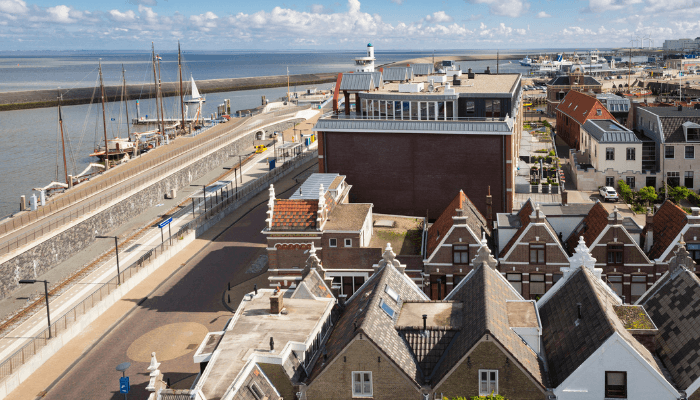
Harlingen is an important industrial port on the northwestern coast of the Netherlands bordering the Waddenzee, a small inlet or intertidal area near the North Sea. A regional port, it is a logistics hub and generates sufficient employment in the region. Its independent port authority aims to transform Harlingen into a sustainable maritime centre of the Northern Netherlands by 2035.
It covers more than 30 hectares of operational area divided into 20 wharves, 10 warehouses, paved yards and parking lots. Harlingen is a multipurpose facility handling general cargo, containers, breakbulk, project cargo and RORO. Though most cargoes arrive on barges via inland waterways, a few sea-going vessels are also unloaded.
It has three fishing wharves covering 250 metres and also functions as a support base for offshore oil and gas fields. The agricultural produce, farming implements and machinery, forage, timber and fertilisers are received at Harlingen, from where they are distributed to the rest of the Netherlands. Major export commodities constitute dairy products, meat, vegetables, fruits and flour. Around 3,000,000 tonnes of cargo and 20,000 TEUs are handled at the port every year.
8. Port of Den Helder
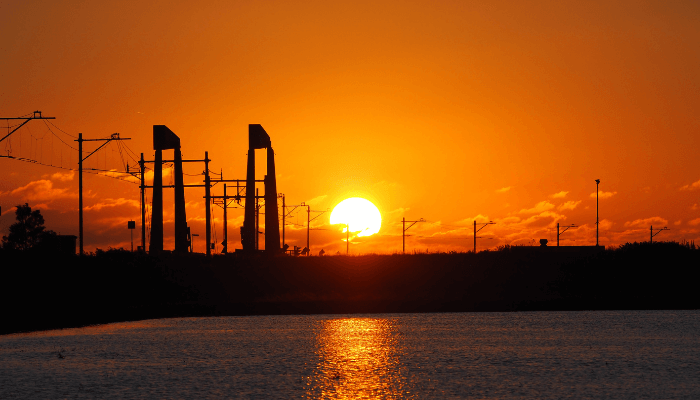
Den Helder port lies on the southern end of Waddenzee, 40 kilometres from the Alkmaar harbour. It acts as a supply centre for the North Sea oil and gas platforms and a naval base for the Royal Dutch navy. Located in the northwestern part of the country, it is a popular fishing port and conducts fish auctions every year. The harbour is well-sheltered with granite dikes and receives all kinds of cargo, including construction material, fuel oil, wood products and seafood. Approximately 2,330 vessels, 265,000 tonnes of oil and over 200,000 tonnes of cargo are handled at the port annually.
The port has 12 berths and a new inner harbour called Keyhaven which was constructed in 2017. It was envisaged to offer efficient logistics services and provide open areas for the establishment of new offshore and marine-related businesses, to transform the Den Helder port region into an industrial hub. Opening to the North Sea, it also offers bunkering, wastewater management and ship repair services.
Five berths were refurbished in the last two years and two additional storage yards were constructed for keeping general cargo. The port authority strives to attain sustainable functioning by limiting the carbon footprint. Thus, many modern environmental technologies such as green slopes lined with trees, a well-planned sewer system, solar panels etc have been put in place for reducing energy consumption and pollution associated with shipping activities.
You might also like to read:
- 7 Major Ports in Sweden
- 6 Major Ports in Denmark
- 5 Major Ports in Malta
- 10 Major Ports in Europe
- 7 Major Ports in Greenland
Disclaimer :
The information contained in this website is for general information purposes only. While we endeavour to keep the information up to date and correct, we make no representations or warranties of any kind, express or implied, about the completeness, accuracy, reliability, suitability or availability with respect to the website or the information, products, services, or related graphics contained on the website for any purpose. Any reliance you place on such information is therefore strictly at your own risk.
In no event will we be liable for any loss or damage including without limitation, indirect or consequential loss or damage, or any loss or damage whatsoever arising from loss of data or profits arising out of, or in connection with, the use of this website.
Do you have info to share with us ? Suggest a correction
Disclaimer :
The information contained in this website is for general information purposes only. While we endeavour to keep the information up to date and correct, we make no representations or warranties of any kind, express or implied, about the completeness, accuracy, reliability, suitability or availability with respect to the website or the information, products, services, or related graphics contained on the website for any purpose. Any reliance you place on such information is therefore strictly at your own risk.
In no event will we be liable for any loss or damage including without limitation, indirect or consequential loss or damage, or any loss or damage whatsoever arising from loss of data or profits arising out of, or in connection with, the use of this website.
Latest Maritime Knowledge Articles You Would Like:
Subscribe To Our Newsletters
By subscribing, you agree to our Privacy Policy and may receive occasional deal communications; you can unsubscribe anytime.















